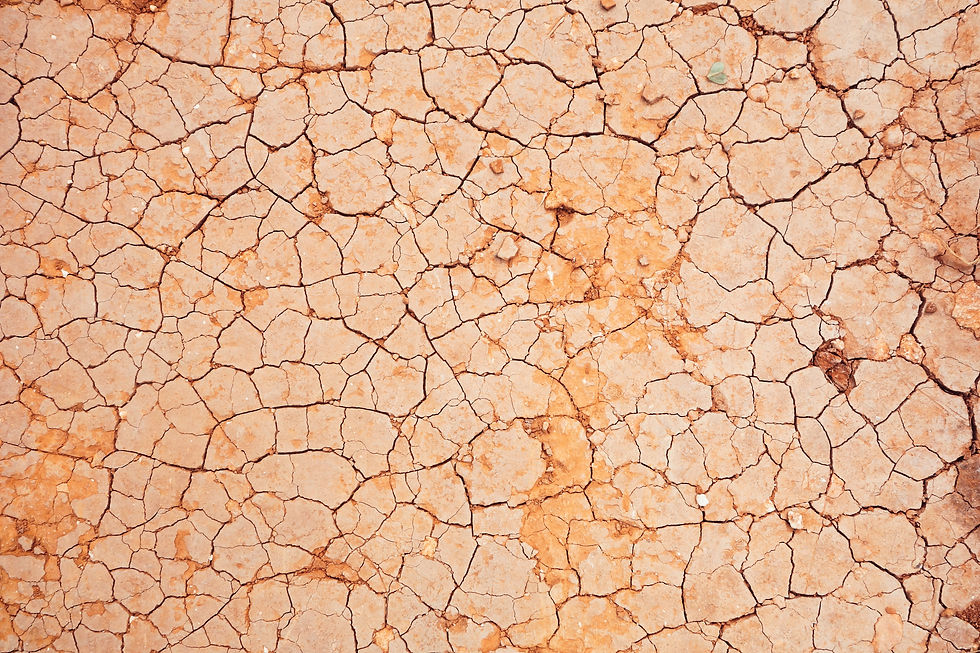How studying fish blood may save lives at high altitude
- brittneyborowiec
- Aug 6, 2021
- 3 min read
By: Charlotte Nelson, University of British Columbia

I’m interested in all things surrounding how and why animals work the way they do, especially in extreme environments. I study bony fish, which are found in every aquatic habitat in the world. I want to know how they use their unique respiratory system (their way of breathing and moving blood around their bodies) to thrive in the places as different as the hot, freshwater Amazon river to the cold, salty Antarctic ocean.
The fish respiratory system is made up of their gills, which picks up oxygen, and their blood, which distributes it around the body. Bony fish have a different type of hemoglobin (the molecule that carries oxygen inside the red blood cells) from most other animals. It tends to lose its grasp on oxygen when exposed to small amounts of acid. Acid is actually very common in living things. The harder the fish’s body is working, the higher it’s metabolism will be, and the more acid and carbon dioxide it’s muscles will produce.
So, when the blood passes a hard-working muscle, the acid being produced triggers the hemoglobin to release oxygen so the muscle can keep on working. By using acid produced by working muscles to control the amount of oxygen that is delivered, these fish can direct more oxygen to the muscles which need it most! These fish can also control how much acid their hemoglobin encounters by pumping it out of the red blood cells. This makes sure they don’t give up all of their oxygen to the first hard-working muscle and ensures there is enough to go around the whole body. The effect of acid and how red blood cells protect their hemoglobin from too much exposure has been very well studied, but big gaps in our knowledge still exist.
My PhD is focused on the final piece of this puzzle; the molecule carbonic anhydrase. The bony fish have an unusual distribution of carbonic anhydrase in their blood and I am trying to figure out why.
Carbonic anhydrase is a super important molecule in transporting carbon dioxide in the blood so it can be breathed out at the gills. We find large amounts of it inside the red blood cells of all animals. In mammals like us we also find carbonic anhydrase throughout the body in the blood plasma (the liquid of the blood that holds the red blood cells). But the bony fish have selectively lost carbonic anhydrase in the plasma at their gills and we think this is due to the sensitivity of their hemoglobin to acid. Their sensitivity to acid means that if carbonic anhydrase was in the blood plasma at the gills these fish would not be able to pick up oxygen from the water because it would stop the mechanisms used for protecting the hemoglobin from acid from working properly. However, by having carbonic anhydrase in other, specific locations that require large amounts of oxygen, these fish can effectively turn off the acid protection mechanism and allow very large amounts of oxygen to be delivered.
I’m trying to get a better understanding of how this system works and why it has enabled the teleosts to be so successful in our planet’s waters.
By learning why we see this unusual distribution of carbonic anhydrase in the blood plasma of teleosts we can learn more about its role and potentially develop new ways in which we may be able to use it as part of treatments for various human blood diseases or disorders.
As a lover of all things outdoors, an application of this research that is particularly close to my heart (pun intended!) is its use in treating high altitude illnesses. If we travel to high altitude, we must adapt to the lower oxygen available there. As mammals, we have carbonic anhydrase both inside our red blood cells as well as throughout our blood plasma. At high altitude the low oxygen means this whole system can no longer function as it does at low altitude where there is plentiful oxygen. This is the biological basis of high altitude sickness. By understanding why we see this unusual distribution of carbonic anhydrase in the bony fish, we can inform the design of new treatments to selectively block the effect of carbonic anhydrase in specific areas of the body.
Through such treatments we hope to help our bodies to do a better job of acclimatizing to high altitude and prevent the potentially fatal symptoms associated with low oxygen environments.
Edited by B.G. Borowiec and A.E. McDonald. Header photo from Unsplash.



Comments